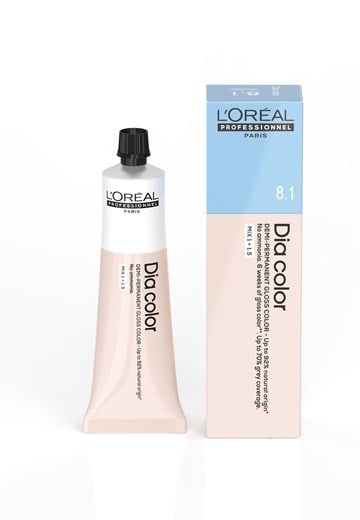
Dia Color Demi-Permanent Color With No Ammonia
Demi permanent gloss color with 3x shinier hair, 6 weeks of gloss color and optimal grey coverage.

Demi permanent gloss color with 3x shinier hair, 6 weeks of gloss color and optimal grey coverage.
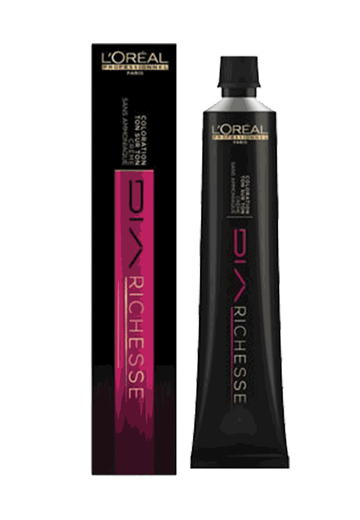
L'Oréal Professionnel Dia Richesse is a premium hair colour renowned for its rich and radiant results. This ammonia-free, semi-permanent hair colour is designed for professional use. The Dia Richesse colour offers an extensive palette of shades, allowing for versatile customisation. Its advanced formula not only provides vibrant colour but also enhances the natural shine and condition of the hair. Using the L'Oréal Richesse hair colour is ideal for covering greys, adding depth, or achieving subtle colour changes with precise and even distribution. Made with a gentle formula, the Dia Richesse colour also minimises damage and leaves the hair feeling healthy, which makes it a preferred choice among salon professionals.
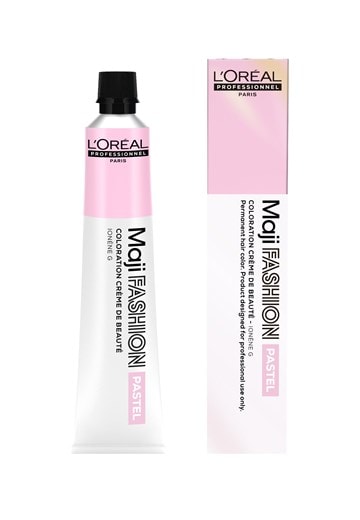
Dare to color, on and on. High visibility fashion colors, with ultimate care.
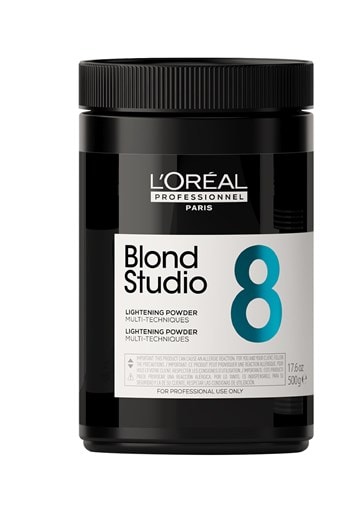
The Multi-techniques Powder is specifically adapted to allow the colourist to have the flexibility to perform open air techniques such as classic highlights or a more natural balayage whole achieving up to 8 levels of lift.
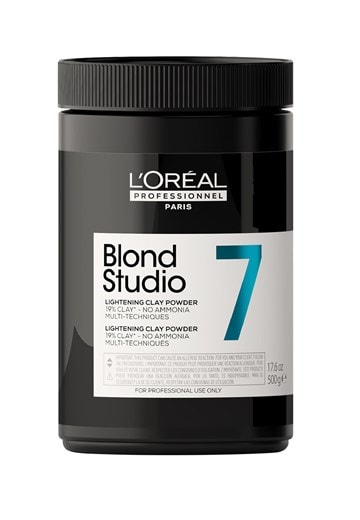
No ammonia up to 7 levels of lift multi-techniques lightening powder with 19% clay for a thick texture ideal for balayage.
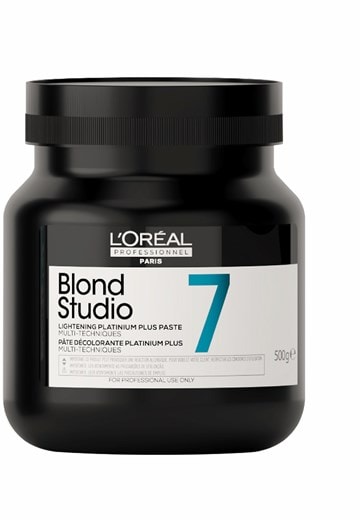
Platinium Plus is a luxurious lightening paste that allows up to 7 levels of lift.
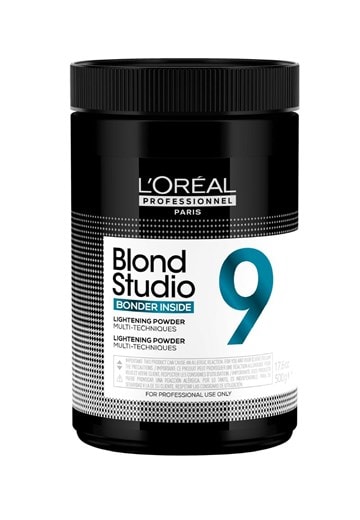
This lightening powder is infused with a bonding complex to maintain the integrity of the hair during the lift. No extra mixing, no extra time! Perfect for the damage conscious client, who's #1 prioirty when lightening is protection. Create the ultimate protection package by incorporating Metal Detox and Vitamino Acidic Sealer treatments as part of the ligthening service.
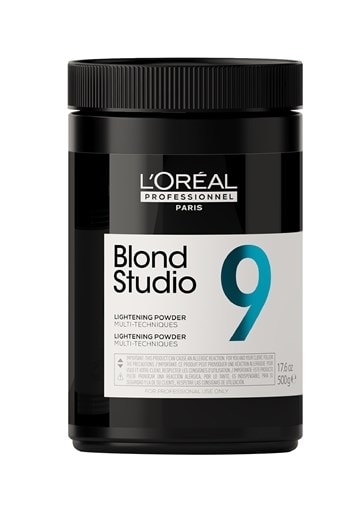
L’Oréal Professionnel’s first lightening range activated by oil for up to 9 levels of lift.
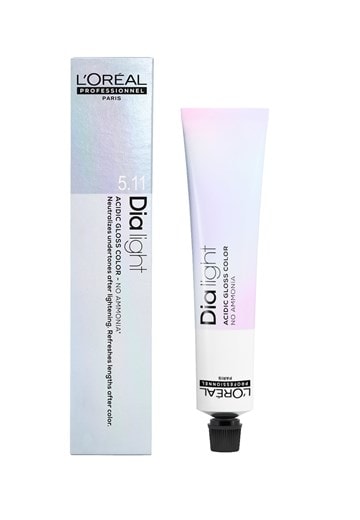
Neutralizing gloss and lengths refresher color. The acidic gel-cream technology to neutralize & gloss after lightening and refresh lengths after color, the French way.
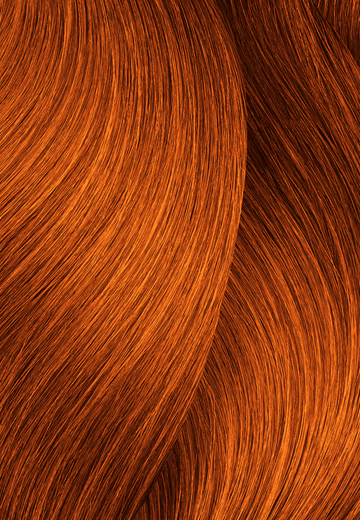
A true-to-tone palette, highly concentrated in caring Ionène G. Its creamy non-dripping texture guarantees a mistake-proof application and perfect grey coverage, up to 100%.
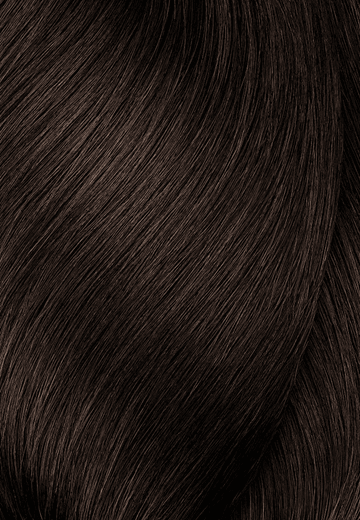
Luxurious in-salon colour experience powered by Oil. No Ammonia.